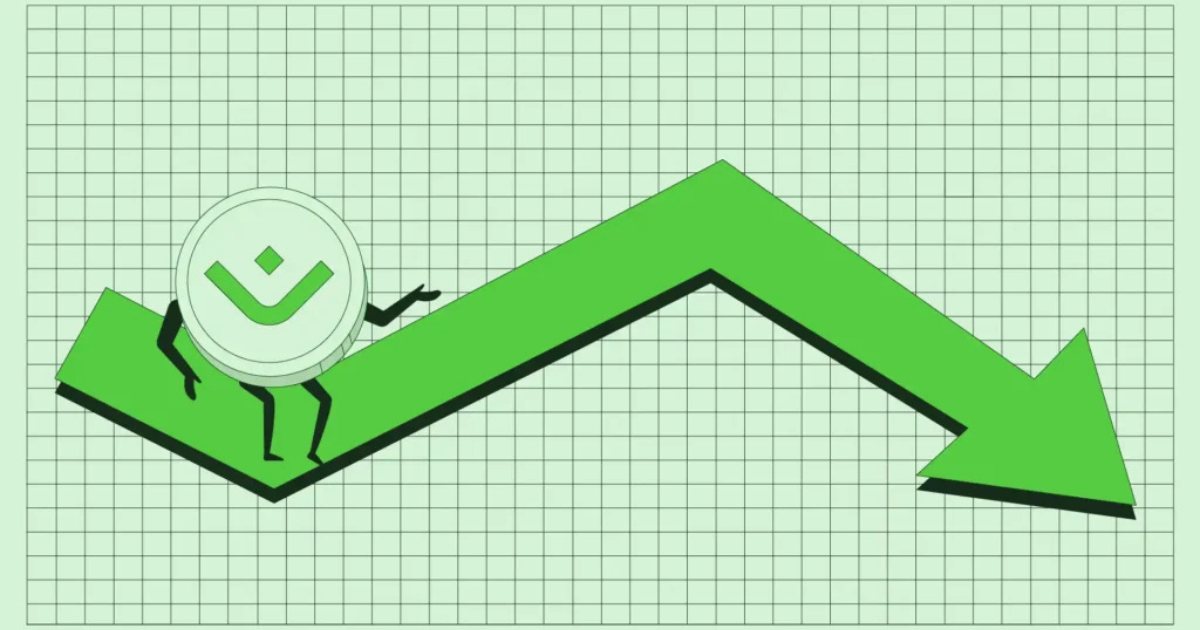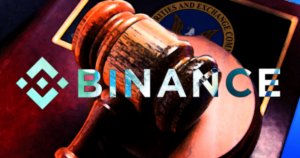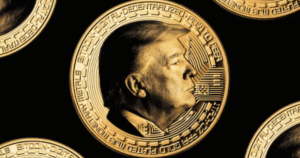It was a shocking event in the cryptocurrency market when the Mantra OM Token crashed, the native token of Mantra dropped by more than 90% in hours. This was a dramatic crash that turned a $6 billion market cap project into nothing but fractions of its former value. It is the turn to see what caused this collapse and what importance it held for investors.
Key-Takeaways:
- Mantra OM Token crashed by about 90% on April 13 because ‘centrally operated exchanges’ pulled the plug on trading positions without prior notice.
- Before the crash there were suspicious whale movements through blockchain analytics — showing 43.6 million OM tokens (4.5% of circulating supply) deposited into exchanges.
- Mantra co-founder John Mullin denied that the team had done a rug pull and said team tokens are still locked based on their vesting schedule.
- Despite recovering up above $1, OM remains nearly 90 percent below from its all-time high of nearly $9 in February.
The Sudden Collapse
 OM’s price plummeted overnight from $6.30 to under $0.50 on April 13. Suspicions by traders and analysts alike added to the timing of this crash. This occurred on Sunday evening UTC, during low-liquidity hours, early morning in Asia. The crash occurred at a time when the impact could have been worse if it had not been made at peak times of trading.
OM’s price plummeted overnight from $6.30 to under $0.50 on April 13. Suspicions by traders and analysts alike added to the timing of this crash. This occurred on Sunday evening UTC, during low-liquidity hours, early morning in Asia. The crash occurred at a time when the impact could have been worse if it had not been made at peak times of trading.
John Mullin, co-founder of Mantra, explained that the crash was not random. As the root cause, he blamed reckless forced closures by centralized exchanges. In fact, Mullin mentioned one particular exchange that might be most to blame. However, he clarified that the exchange involved was not Binance.
Exchange Actions Under Scrutiny
 The Mantra team thinks that exchanges closed positions against OM in an unfair manner, without prior notice to holders of OM. In short, such actions wreaked havoc on the token’s price during such low liquidity hours. A domino effect can start in cascade when large positions are liquidated suddenly.
The Mantra team thinks that exchanges closed positions against OM in an unfair manner, without prior notice to holders of OM. In short, such actions wreaked havoc on the token’s price during such low liquidity hours. A domino effect can start in cascade when large positions are liquidated suddenly.
Additionally, the team suggested the action could have been through negligence or even intention to commit market manipulation by the centralized exchanges. Such accusations bring to light some of the uncomfortably close relationships between new blockchain projects and the exchanges where the project’s tokens are listed.
Whale Movements Before the Crash
 Days before the crash, there was suspicious activity brought to light by blockchain analytics. Before the price of OM collapsed, several OM whales moved 14.27M tokens to the OKX three days ago, according to Spot On Chain. The same whales had given 84.15 million OM for $564.7 million and had already bought from these same wallets.
Days before the crash, there was suspicious activity brought to light by blockchain analytics. Before the price of OM collapsed, several OM whales moved 14.27M tokens to the OKX three days ago, according to Spot On Chain. The same whales had given 84.15 million OM for $564.7 million and had already bought from these same wallets.
Another analytics platform, Lookonchain, reported even more concerning data. So far, at least 17 wallets have deposited 43.6 million OM into various crypto exchanges after April 7. That was about 4.5 percent of the supply in circulation. Such large movements in the cryptocurrency market often precede significant price changes.
The crypto community came up with several theories of what caused the crash quickly. Others suspected a classic ‘rug pull,’ where developers abandon a project after selling off their token holdings. Another speculated that the Mantra team had used its tokens as collateral for loans that were later subject to margin calls.
Mullin firmly denied both theories. Team tokens are banned from being taken out by locking, he insisted, according to published vesting periods. Additionally, he noted that no such events were triggered by any outstanding loans the team might have. Although these were dismissed by some investors who were burned, skepticism remains that some suffered severely damaging losses.
After the shock, OM was able to recover above $1. However, this recovery proved short-lived. Yet, the token had declined more than 90 percent from its all-time high near $9, again in February.
Once a project that had been making headlines in the recent past, this was a stunning reversal. In January 2025, Mantra had entered a $1 billion deal with investment conglomerate DAMAC to tokenize more assets. In February, Dubai’s Virtual Assets Regulatory Authority approved the project.
Conclusion: Mantra OM Token Crash
As per the Mantra team, it will provide more details in an upcoming community meeting. A large number of investors are awaiting further explanations regarding the Mantra OM token crash. The sheer volatility of cryptocurrency is another reminder that cryptocurrency volatility is not just a technical or economic issue, but also a social one—highlighting the risks of centralized control points and over-reliance on such technologies.










